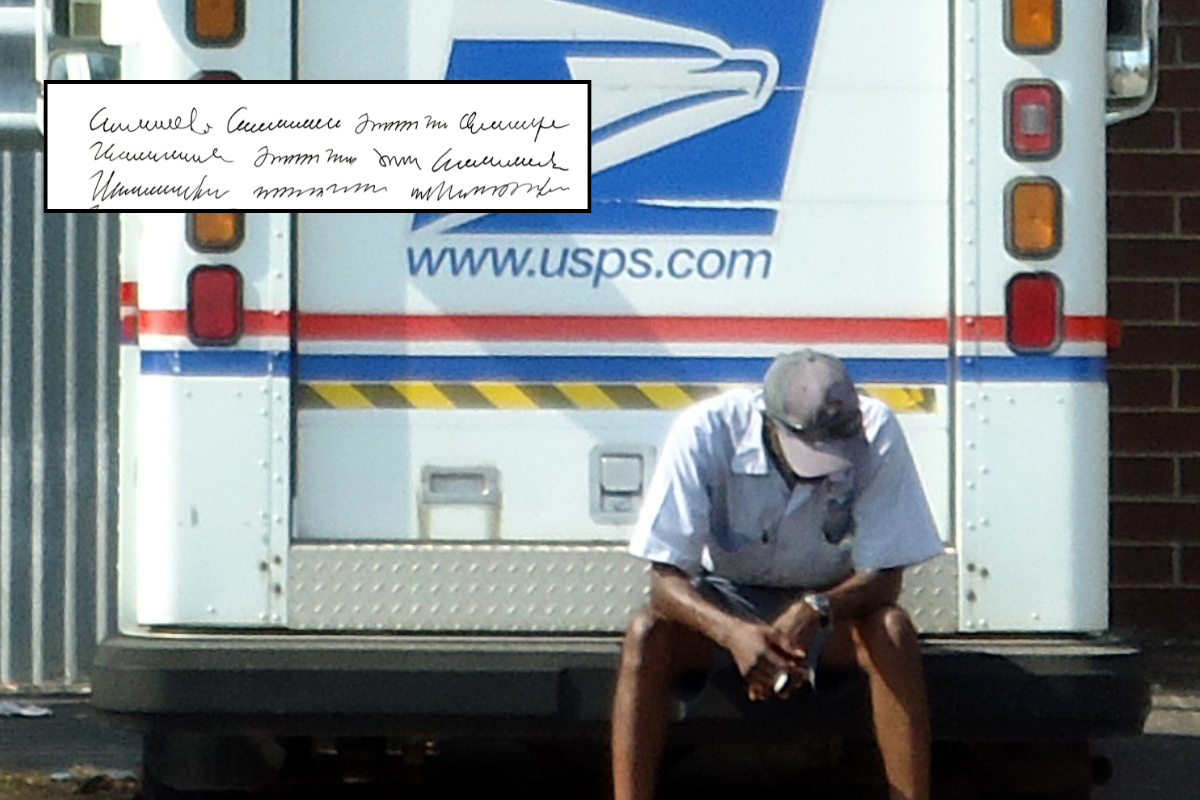1 obvious and 4 not-so-obvious reasons your next car should be electric.
Yes, they cut back on carbon dioxide. But why else are electric cars finally getting the attention they deserve?
If you're not one of the roughly 85% of Americans over age 16 with a driver's license, you've still probably ridden in a car or bus in the past week.
And even more importantly, you're probably pretty familiar with the impact automobiles have on our environment. The EPA estimates that the average passenger car emits nearly 10,000 pounds of carbon dioxide into the atmosphere every year. For trucks and SUVs, that number goes up to over 13,500 pounds.
But what does a pound of carbon dioxide even mean? Well, the Natural Resources Defense Council put it nicely. "Filling a balloon with one pound of CO2 would swell the balloon to about the size of one of those rubber exercise balls that have become so popular lately. The balloon would be about two and a half feet across.
Now imagine 10,000 of those balloons in one place. And that's just from one single car.
Clearly, we have an issue here.
But here's something you don't know: something pretty interesting has been happening in the car world behind the scenes to fix this issue.
A lot of it involves Elon Musk going full-on Tony Stark, with giant robot arms and high-speed test drives and everything. Photo by Kevork Djansezian/Getty Images.
The electric car movement has grown by leaps and bounds.
Cars aren't really cars anymore. Sure, they're still meant for driving, but the machinery is making way for batteries. The hardware is moving over for software. The line between "car show" and "electronics show" is blurring.
And while we know that these computerized electric cars are the key to a more environmentally friendly future, it's always felt like some far-off technology that may or may not ever be ready for public consumption.
For some, going electric is just too expensive. For others, they worry the performance just isn't there yet.
But times, and cars, they are a changin'. Fast.
Here are four great reasons to make your next car electric.
1. It's step one to Planeteer initiation.
OK, so you probably won't actually get a ring that combines with other powers to summon a blue, muscly flying man whose sole purpose is saving the world.
The power is YOURS! GIF from "Captain Planet and the Planeteers."
But reducing fuel consumption is a major step toward limiting CO2 emissions, which means you're doing more to stop pollution from getting out of hand. And you know Captain Planet would totally make you an honorary planeteer for that.
Of course, all cars still require power to go. Even if you're not emitting carbon dioxide from your tailpipe, the electricity you use to charge an electric car releases some harmful greenhouse gases into the atmosphere. But the U.S. Department of Energy shows us that it's half the CO2 a gas-powered SUV would emit.
Not too shabby, eh?
2. Electric power is downright powerful.
You've probably heard of this guy Elon Musk, and his car company Tesla Motors. They've done what Toyota failed to do with the Prius and made the electric car straight-up sexy, and they made people want to buy them.
But they also made these things damn fast.
Grab onto what you can because the G forces from these cars will, without a doubt, send you flying. Check out the "insane mode" reaction videos on YouTube.
Fun fact: At 28 years old, Elon Musk made his first big break in Silicon Valley with the sale of PayPal, and he bought himself a McLaren F1. It was, at the time, the fastest car in the world, with a 0-60 mph acceleration time of just 3.2 seconds and a top speed of 240 mph.
With the Tesla Model S, Musk wanted to match the F1's 0-60 mph time, and when Tesla launched the P85D — a performance variant of the Model S sporting a 85 kWh battery— they did.
And now there's the Tesla P90D and its absurd Ludicrous mode, which can do the 0-60 mph sprint in 2.8 seconds. So, yes, an electric car is now faster than a supercar and can beat a Ferrari or a McLaren in a drag race.
3. Those tax breaks are phenomenal.
How does an extra $7,500 in your pocket sound? Come tax season, that's exactly what you'll have if you choose to go green with your car. There's a federal income tax credit of up to $7,500 if you buy a plug-in hybrid or electric car.
Sweet, sweet cash. Photo by Chung Sung-Jun/Getty Images.
With some used models, that's enough to knock almost a quarter of the prices off the purchase amount. Add that to the amount you'll save in monthly gas costs, and with the right buy, your car could pay for itself within three to four years.
4. Your options are growing every year.
For the past 100 years or so, electric cars were about as popular as I was in middle school. There weren't often many choices on the market, much like my options for dates to the seventh grade formal.
But my, oh my, how times have changed! I'm getting married, and electric cars are the belle of the automotive ball. At the North American International Auto Show, Ford, Chrysler, Nissan, and Chevrolet all introduced electric or hybrid vehicles, while another new electric concept, the Faraday Future FFZero1, attracted crowds and press at the Consumer Electronics Show in Las Vegas.
The FFZero1 electric vehicle concept, or, a real life version of the batmobile. Rendering courtesy of Faraday Future.
Even the luxury manufacturers are getting in on this game. Porsche is launching their Mission E electric vehicle by 2020, with 700 million euros and 1,000 new jobs invested in the project. Lamborghini is creating the Asterion. Koenigsegg has created the Regera.
Porsche's Mission E, a sleek and awesome look at the future of Porsche's design. Rendering courtesy of Porsche.
For the first time in nearly 100 years, the entire automotive industry is investing in the development of electric technology. Frankly, it's pretty freakin' awesome.
5. Maintaining electric cars is a breeze.
There's no engine. That means there's no oil to check, no pressure systems to get thrown out of whack, no fan belts that can come loose, no cylinders that need replacing, and no coolant that needs topping off. At long last, no more "check engine" light that won't turn off, even though you religiously bring your car in for its 5,000-mile checkups.
In Tesla's business model, when their cars need an update, they can simply send out a wireless software update. It's like you're driving a big phone on wheels, and most updates can happen overnight, while your car is charging and you're sleeping.
Tune-ups here and there will always be necessary, but they'll be fewer and farther between. Photo by Fred Dufour/Getty Images.
Of course, that doesn't mean that regular maintenance is a thing of the past. You still have tires that need air and rotating and axles that need proper care and attention. There's still paint and a body that needs protection and an interior that can be damaged.
But they're things that can be much more easily managed by someone who hasn't spent a lot of time hanging out around a body shop.
When you're looking for your next car, consider the one that'll keep the earth happy.
But also consider the one that'll keep you and your budget happy, in the short and long run.
Photo by Bryan Mitchell/Stringer for Getty Images.
There's little doubt around the world that humanity, as a whole, needs to move to sustainable technology. But without the votes of consumers, it is going to take a much longer time.
Whether we like them or not, cars aren't going anywhere. But the types of cars we choose for ourselves count as our loudest vote to one of the world's largest industries.



 TikTok · Ale
TikTok · Ale
 Kittens are the cutest.
Kittens are the cutest.  Grrrr, wook at his widdle paws and his widdle whiskers.
Grrrr, wook at his widdle paws and his widdle whiskers. 

 Design 3D GIF
Design 3D GIF 
 Bluebells at the Brooklyn Botanical Gardens.
Bluebells at the Brooklyn Botanical Gardens. 